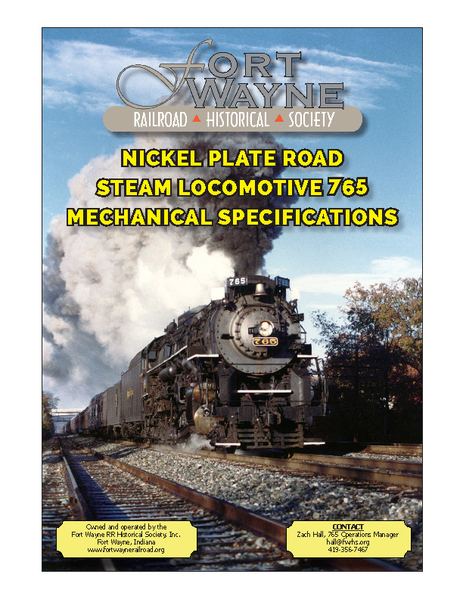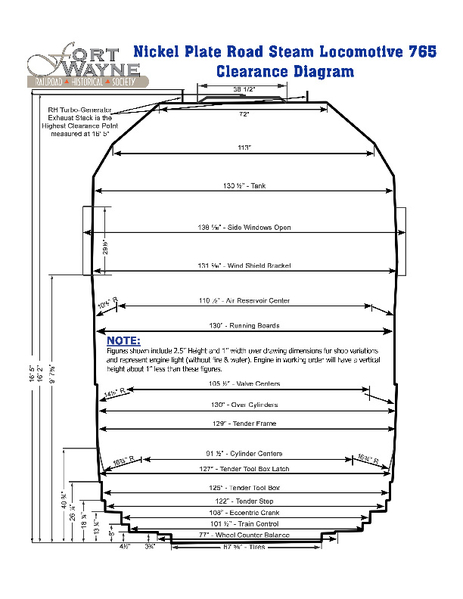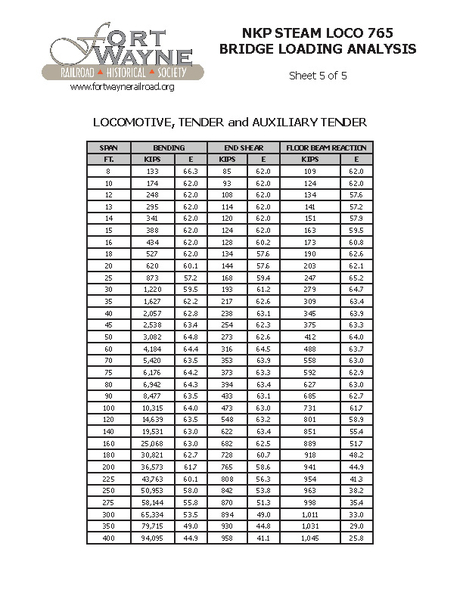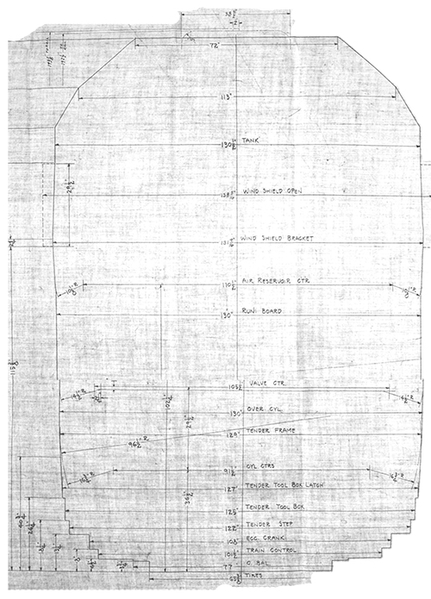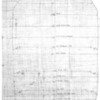I've been mapping out UP 4014's upcoming travels through the upper Midwest, an area that I am woefully unfamiliar with, so I'm learning as I go.
From what I've figured out, she will be leaving the former C&NW Clinton Sub at Nevada, IA and traveling the Mason City and Albert Lea Subs (former CRI&P Spine Line ) to St. Paul Union Depot. From St. Paul to Superior, the Union Pacific operates over Warren Buffett's Lionel Set (BNSF) via trackage rights, inherited from the acquisition of C&NW.
Not being an expert on trackage rights, I have a question which someone on here can probably answer.
Does a tenant railroad have the right to operate any piece of equipment over the host's line, provided it meets the dimensional and weight requirements of the line, or can the host railroad object to the type of equipment or service being operated , e.g., steam locomotives, passenger excursions etc.?




